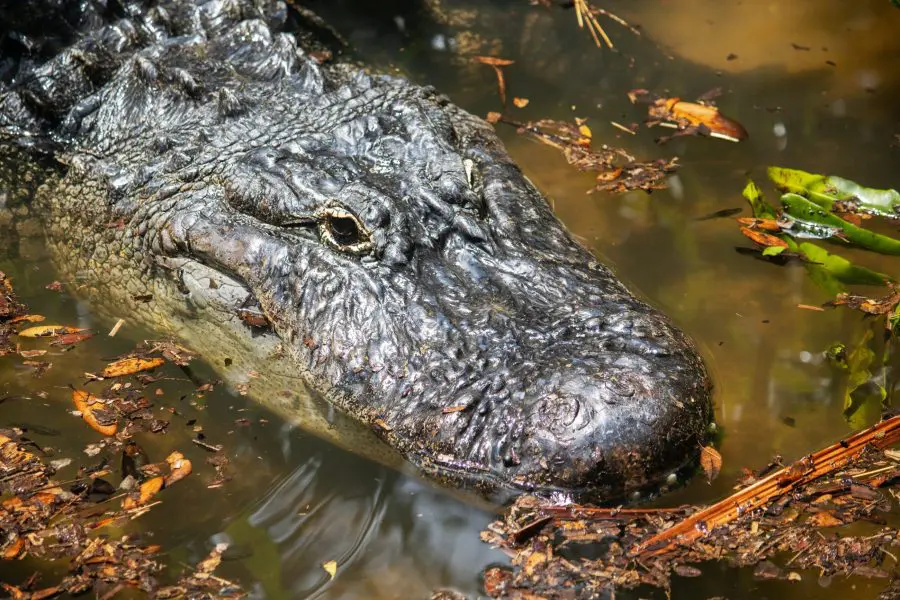

Just like you, our hurricane preparations begin well ahead of any storm making its way to our coast. As we continue to watch Hurricane Milton, we thought we’d share an overview on how we prepare, ride out and recover from a hurricane here at the Zoo.
We hope you and your loved ones are safe and well throughout the storm!
Before the Storm
Each year, our Zoo’s hurricane plan is update, along with our individual departments’ procedures for a storm. These policies specify the general tasks each Zoo department needs to handle before, during and after the storm – from fueling all the Zoo vehicles ahead of the storm to inspecting our Treetop Trek adventure course afterward. During hurricane season, our animal commissary is also expected to always keep a minimum two-week supply of diets.
Our animal department’s hurricane plans go loop-by-loop, specifying where each of our animal residents needs to be housed during the storm. Once a tropical storm or hurricane watch is issued for our area, our animal care team begins preparing emergency holding areas for certain residents as well as the secure carriers needed to move them.
For most storms, evacuating our animals is unnecessary. An extreme scenario – like the Zoo being completely underwater – would require us to evacuate. We maintain relationships with other AZA zoos and affiliated organizations that help coordinate emergency animal moves. Right now, we are not planning to evacuate any of our animals.
Our L3 Harris Animal Care Center and quarantine barn become temporary homes for certain animals like our aviary birds, cotton-top tamarins, eagles and other animals without access to a full nighthouse.
For some animals, remaining in their habitat is the safest and less stressful option. Animals like our impalas require room to run and move as herd and would likely injure themselves if confined. Our alligators and crocodiles can submerge in their habitat and avoid the storm just like their native counterparts, making moving them unnecessary.
Many animals are moved into their hurricane-reinforced nighthouses for all but the most severe storms. These animal residents include our lions, siamangs and Florida black bears.
During the Storm
A rideout team made up of 1-2 animal department staff members, a facilities staff member and a veterinary staff member remain onsite during the storm for any emergency needs. If conditions allow, the team may perform checks throughout the Zoo during the storm.
Our new camera system will help our team monitor animals and conditions from remote areas as well!
After the Storm
Once the storm passes, our Deputy Director, Director of Facilities and Director of Animal Programs walk the Zoo grounds to ensure it’s safe for all our other staff members to start cleaning up debris.
Each department has its own set of tasks in addition to clean up but getting the Zoo ready for animal residents and guests is the priority.
Once we ensure everything is safe, we’re thrilled to welcome you back! The best way to learn about the Zoo’s future reopening is to check our website and social media channels. Be safe in this storm!
Brevard Zoo is an independent, not-for-profit organization that receives no recurring government funding for our operating costs. Your generous support enables us to continue to serve our community and continue our vital animal wellness, education and conservation programs.
